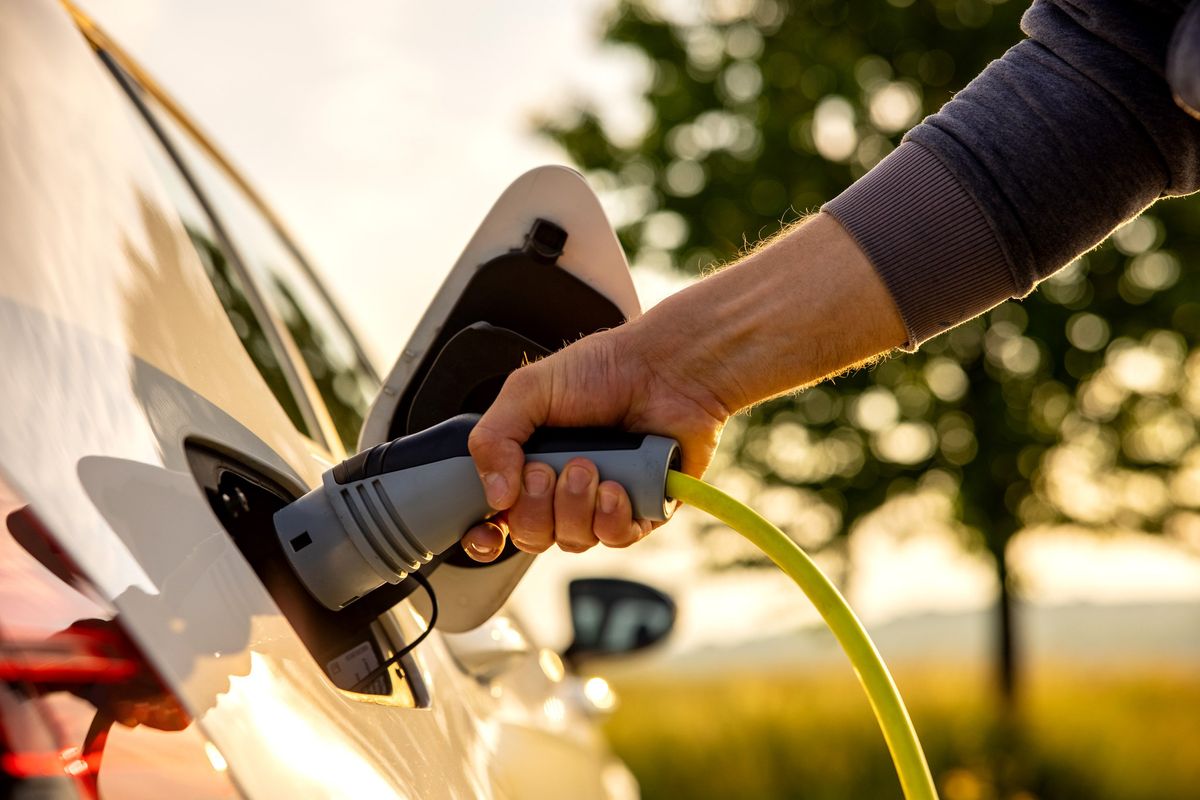This article is part of our exclusive IEEE Journal Watch series in partnership with IEEE Xplore.
Battery technology for electric vehicles is rapidly evolving, which is great news for both improving EVs and addressing climate change. However, the constant evolution of the tech has made it challenging to create infrastructure that can support the full range of batteries currently available, not to mention any future developments.
In a recent advance, researchers have created a novel battery charger that can support present and future generations of battery packs for EVs across a vast range of voltages: anything between 120 and 900 volts. The new tech is described in a study published in the September edition of theIEEE Transactions on Power Electronics.
Today’s EVs, such as the Nissan Leaf S, Tesla Model X, and Mercedes-Benz EQA, have battery-pack voltages ranging from 250 to 450 V. But next-generation EVs, such as the Rapide E, Lucid Air, Porsche Taycan, Hyundai Ioniq, and KIA EV6, will have battery packs with voltages ranging from 600 to 800 V.
These next-generation batteries will bring shorter charging times while also weighing less, which means that EVs can be ready to drive sooner and travel farther on a full charge. “However, charging these high-voltage batteries with existing chargers degrades the efficiency, due to operating at twice the rated voltage,” says Deepak Ronanki, an assistant professor at the Indian Institute of Technology Madras, in Chennai, India, and an IEEE senior member who was involved in the study.
Ronanki and doctoral research scholar Harish Karneddi created a universal charger capable of supporting voltages between 120 and 900 V—something they say had not yet otherwise been achieved.
Ronanki and Karneddi’s battery charger is actually a two-stage charger, with a front-end boost-buck power factor correction (PFC) circuit followed by a reconfigurable DC-DC converter. As the term “boost-buck” suggests, the battery charger can boost the voltage when the battery voltage is greater than the input voltage and, conversely, buck the voltage when the battery voltage is less than the input voltage.
In a series of simulations and experiments, Ronanki and Karneddi proved that their new charger can safely charge batteries at any voltage between 120 and 900 V. Although the charger showed a slight degradation of efficiency at lower voltage operating points—in the range of 48 to 120 V—it still outperformed the efficiency of conventional chargers at all voltages tested. The charger had an efficiency consistently greater than 94 percent.
Ronanki notes that this universal charger could eradicate the need for dedicated chargers for different battery-pack voltages and different vehicle types and configurations. “Also, the charger could be used as a portable unit—essentially like an emergency kit—in case of a vehicle breakdown or deep discharge of the battery pack,” he adds.
The researchers plan to commercialize this tech as an onboard charging unit to reduce the production cost of the chargers, as well as an offboard charger unit to provide one charging unit to charge all the EVs. They have filed a patent and are in the midst of collaborating with industry partners to commercialize the charger.
The researchers are also looking at adapting their charger for other types of vehicles as well. “We are currently working on improving the charger efficiency in this voltage operating region so that the same charger can be used for e-bikes, e-bicycles and small cars,” Ronanki says.
Michelle Hampson is a freelance writer based in Halifax. She frequently contributes to Spectrum's Journal Watch coverage, which highlights newsworthy studies published in IEEE journals.



